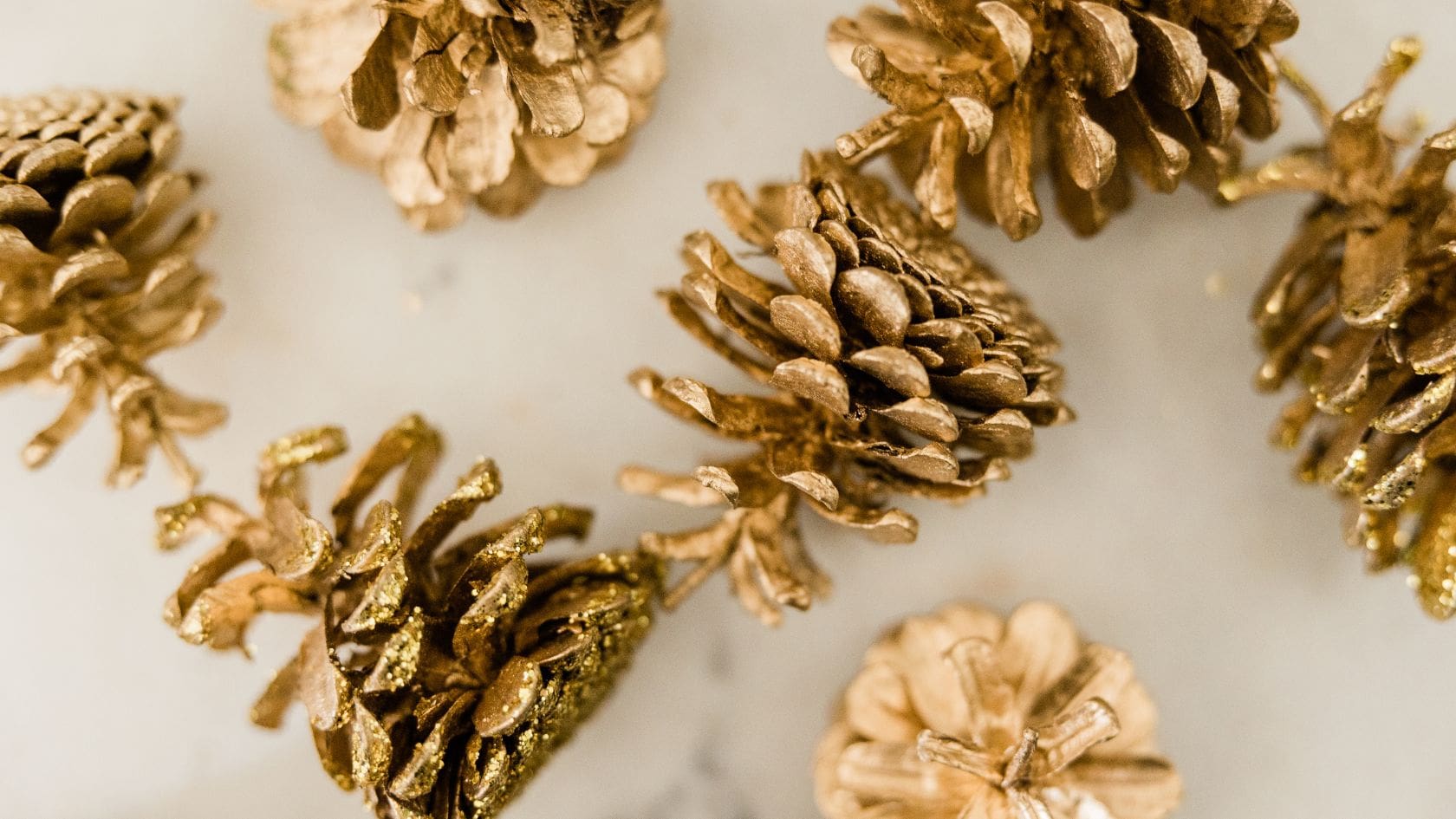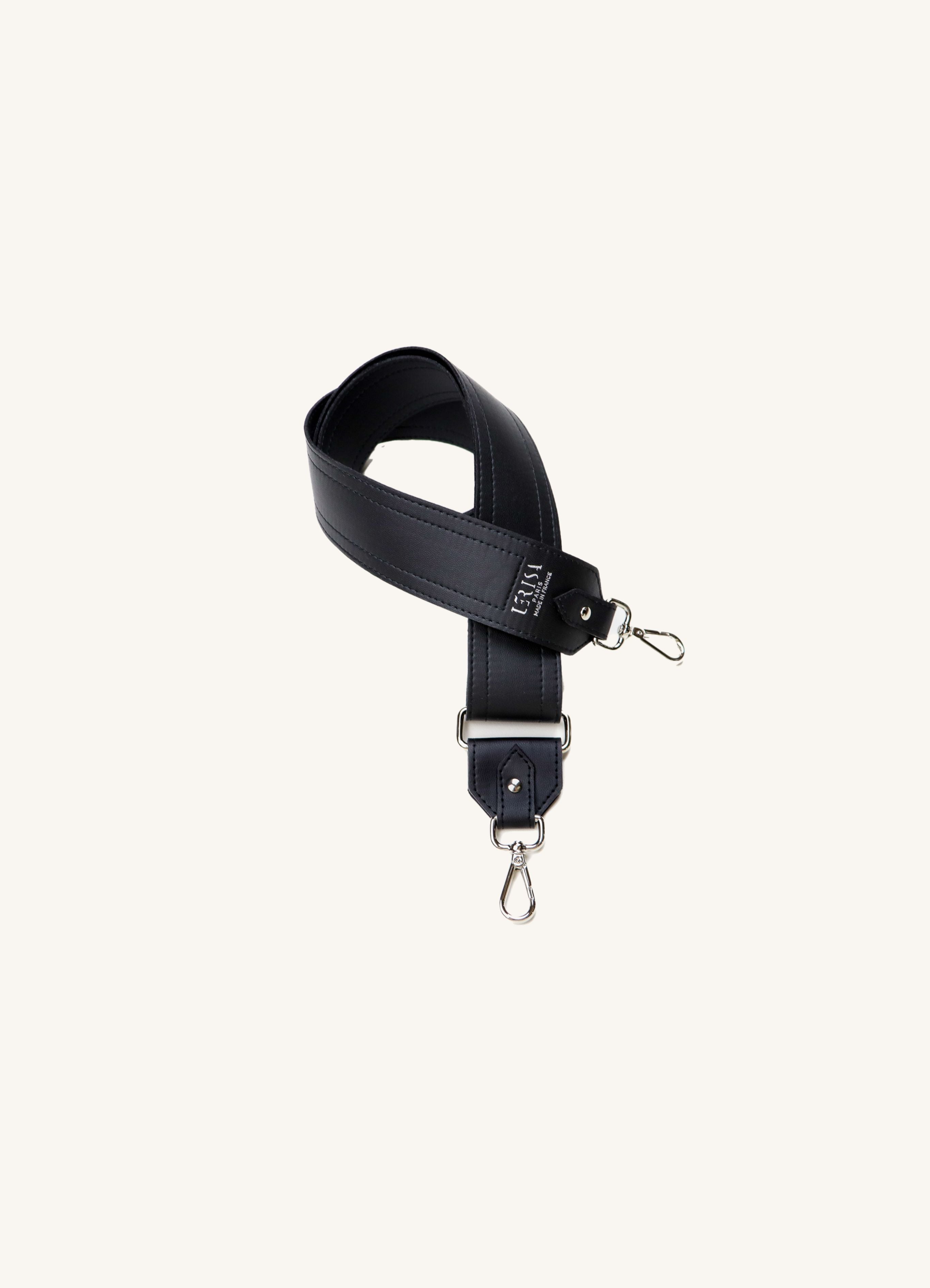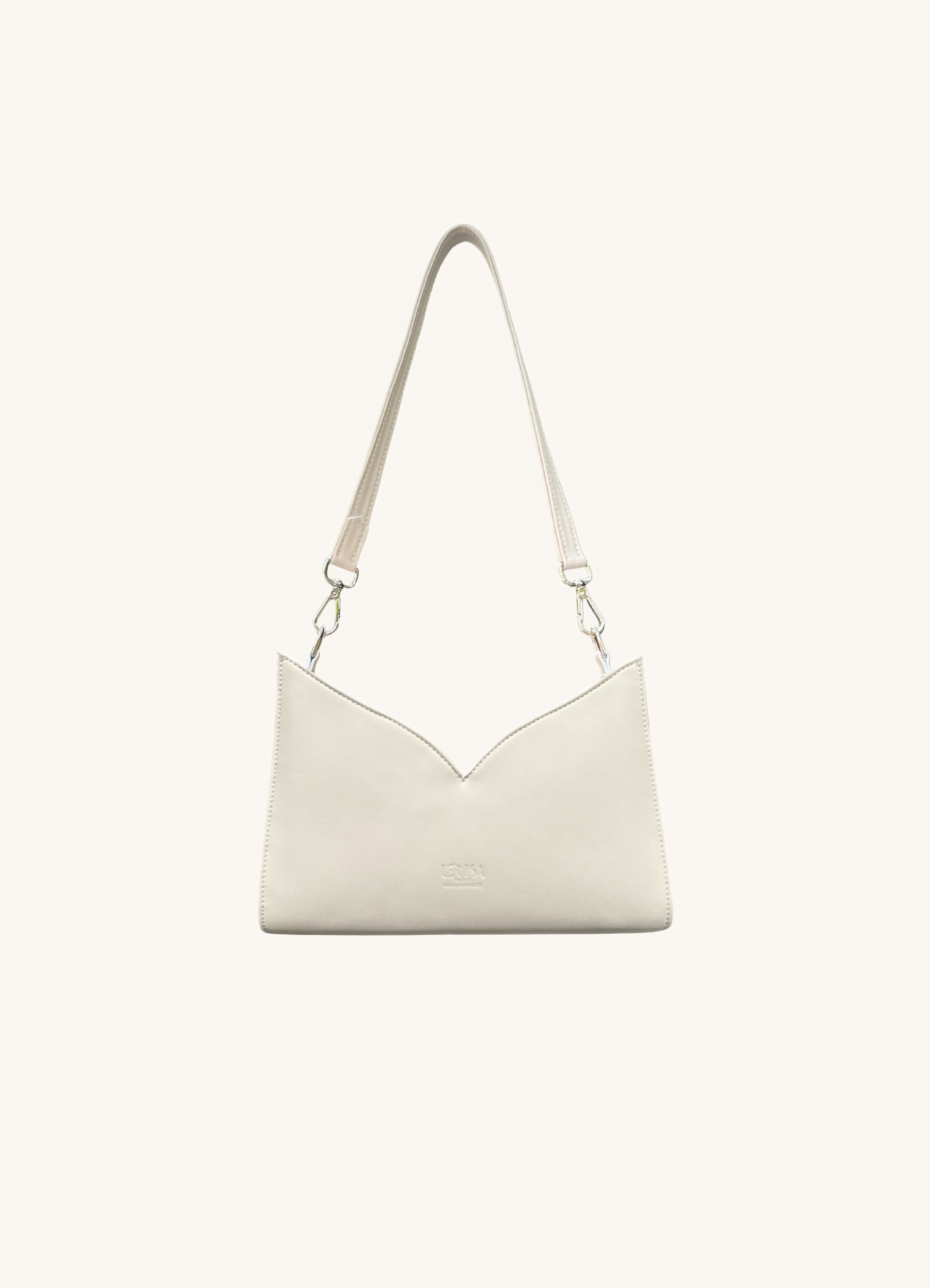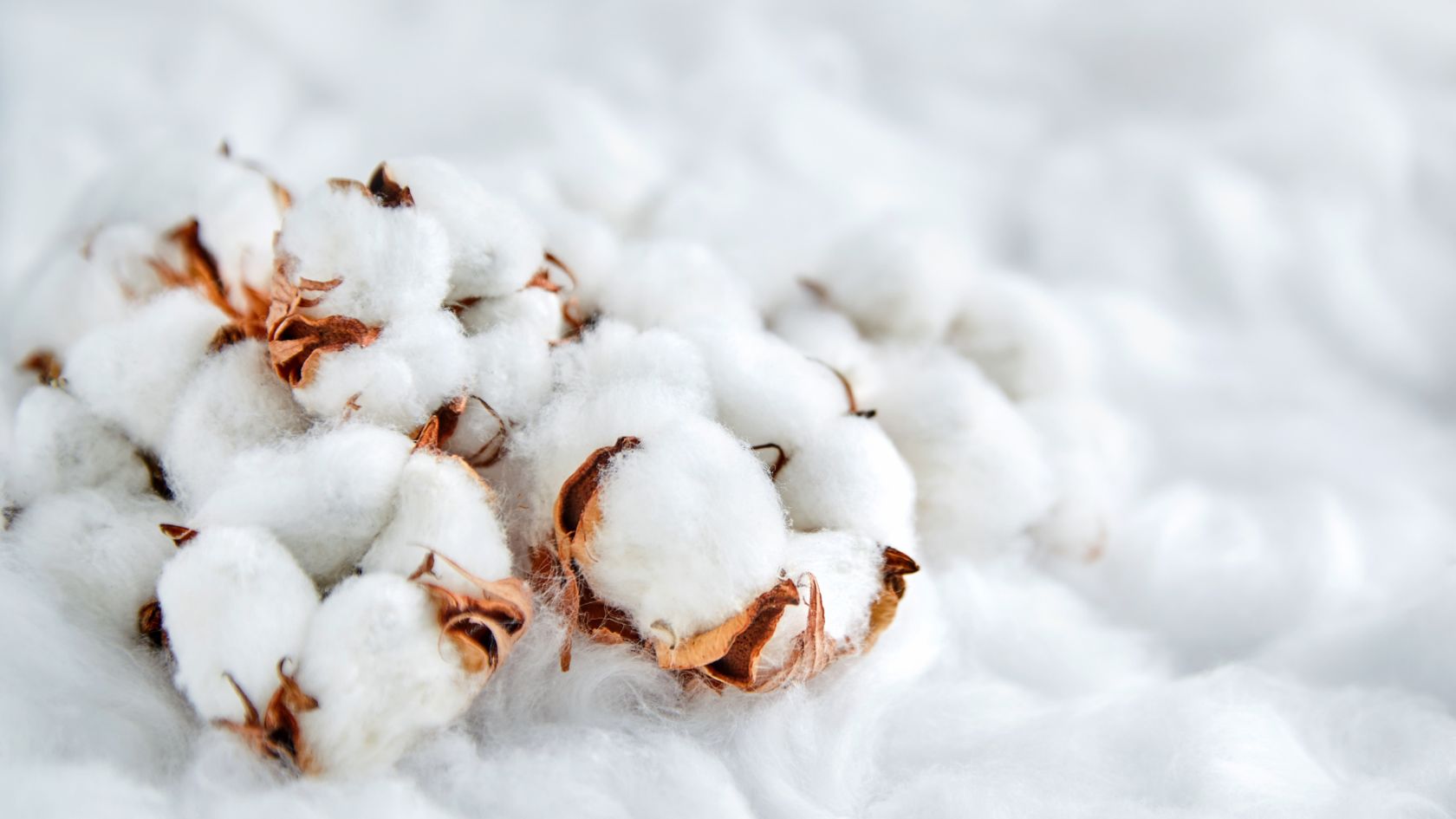Christmas, that magical time of year, is synonymous with warmth, sharing, and unforgettable family moments. However, it's also a time of overconsumption, food waste, and unnecessary packaging. It's time to rethink our traditions so that Christmas rhymes with eco-responsibility . In this article, we offer 10 practical tips for a more environmentally friendly Christmas , so that your festivities have a lesser impact on our planet.

10 Tips for a Greener Christmas: Reinvent the Magic of the Holidays with Respect for the Planet
1. Choose your tree carefully
The Christmas tree is often the starting point for festive decorations. Although artificial trees are reusable, their manufacture and transportation have a significant environmental impact . Instead, opt for a natural fir trees , sourced locally. They have a lower carbon footprint and can be reused as compost or mulch after the holidays. If you're looking for creative alternatives, Discover our article: “ 5 ideas for greener Christmas trees ” .

2. Limit decorations that use a lot of electricity
Fairy lights and light decorations are an essential part of the Christmas atmosphere, but their power consumption can be excessive. Check the energy consumption of your decorations and choose those powered by solar panels or equipped with LED bulbs . This can reduce electricity consumption by up to 95%. On average, electrical decorations are left on for 12 hours straight for 10 nights, consuming as much as three months of lighting in a home. A tip: Use timers to automatically turn off lights after a few hours of use.
3. A beautiful table for the holidays
The Christmas table is more than just a place to enjoy a delicious feast. It's the heart of the celebration, a place where memories are made and shared. For a festive and eco-friendly experience, start by opting for reusable tableware . Not only does it reduce waste, but it also adds a touch of elegance to your table. Complete this eco-friendly choice by choosing a fabric tablecloth and napkins , ideally made from natural materials . Linen , organic cotton , or hemp are excellent choices, bringing both softness and durability to your festive table.
To add a magical touch while preserving nature, decorate your table with natural elements . Arrange fir branches , pine cones , and dried citrus fruits for a charming yet eco-friendly table decoration. The shades of green and fresh scents of these elements will bring a natural ambiance to your Christmas meal. Don't hesitate to involve the youngest in collecting these natural treasures, thus transforming the preparation into a memorable family tradition.

And why not add a touch of creativity by swapping out commercial candles for homemade ones? Not only are they healthier for you and the environment, but they can also be a fun DIY activity to share with the family. Make scented candles from natural waxes and essential oils to fill the dining room with soothing aromas. Personalize them using reusable containers, such as glass jars or antique china cups, to add a unique touch to your Christmas table.
By implementing these tips, your Christmas table will become a space where the magic of the holidays blends perfectly with respect for nature. Every detail will contribute to a warm and eco-friendly atmosphere, offering an unforgettable experience to your guests while preserving our beautiful planet.

4. A responsible meal
One of the most anticipated moments of Christmas is undoubtedly the festive meal that brings family and friends together around a lavishly laden table. However, it is essential to approach this culinary moment in an eco-responsible manner. Make each dish a demonstration of your commitment to the planet by favoring local and seasonal products . Local products have a lower environmental impact , as they require less transport, and seasonal products are often fresher and tastier .
When shopping, look for products with an environmental label , such as organic or fair trade. These certifications ensure environmentally friendly production practices , including reduced pesticide use and support for local farmers . Additionally, these products tend to be higher quality and healthier for you and your family .
Another way to make your Christmas dinner more eco-friendly is to avoid ready-made meals in favor of homemade meals . By cooking your own meals, you have complete control over the ingredients you use, reduce the amount of unnecessary packaging, and can adapt recipes to suit your guests' dietary needs. It's also a great opportunity to involve the whole family in preparing festive meals.
To find local producers, explore the site " Fresh and Local ." This valuable resource will allow you to geolocate farmers and farmers' markets near you, promoting a "farm-to-table" approach. Not only are you supporting the local economy, but you're also reducing the carbon footprint of your meals by choosing products grown locally.

5. Choose useful, durable and quality gifts
Every year, millions of new gifts are purchased for Christmas, contributing significantly to the ecological footprint of the festive season. 707 million new gifts are purchased worldwide, which has a significant impact on the planet. But there are many alternatives to reduce this impact while still giving memorable gifts.
Choose gifts that are not only useful , but also durable and high-quality . When shopping, take the time to check labels to ensure the products' provenance . Look for brands that are committed to environmentally friendly manufacturing practices .
A brand like Lérisa is an example of leather goods committed to the planet. Specializing in grape skin leather goods, we offer creations with pure and timeless lines, developed with respect for humans, animals and the planet . Our pieces are handmade in France , with an eco-responsible approach. Grape skin , used as the main material, offers the flexibility, strength and durability of traditional leather, while being water and energy efficient, and free from toxic chemicals. Choosing gifts from brands like Lérisa contributes to the preservation of the planet while offering elegant and eco-responsible products to your loved ones.
6. Offer second-hand or used items
Board games, construction sets, toys, video games... On average, 7 out of 10 toys are only used 8 months after being purchased. In France, 72% of children under 15 would accept secondhand toys for Christmas. For example, the Rejoué association gives toys a second life and therefore offers secondhand games and toys.
7. Sort packaging properly
Approximately 20,000 tons of gift wrap are thrown away at Christmas in France each year, but not all of it is recyclable. To reduce waste, opt for wrapping made from breathable Japanese fabrics, inspired by the "furoshiki" concept. Look for recycled and recyclable wrapping paper. And most importantly, save and reuse last year's wrapping paper.

8. Give your tree a second life
After the holidays, your natural tree can be recycled by dropping it off at a collection point. Be sure to choose a natural green fir tree , because painted, flocked or colored fir trees cannot be recycled. Give your Christmas tree a second life.
9. Exchange or sell gifts
Rather than letting unwanted gifts pile up, give them a second life by swapping or selling them. Many online platforms facilitate this process, offering an environmentally friendly and cost-effective solution.
10. Cook leftovers
In France, nearly 10 million tons of edible food are wasted each year, and the holiday season is no exception. To avoid food waste, reinvent your leftovers by creating new dishes or freezing them. Overripe fruit can be transformed into compotes, and stale bread can be transformed into delicious French toast.

Christmas can be both magical and eco-friendly . By following these tips, you'll help create environmentally friendly celebrations while preserving the tradition and magic of Christmas. Give your family and the planet the best gift of all this year: a greener, more sustainable Christmas.


 The
The The Lérisa Bag - Red
The Lérisa Bag - Red











Leave a comment